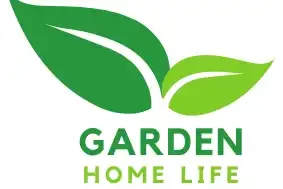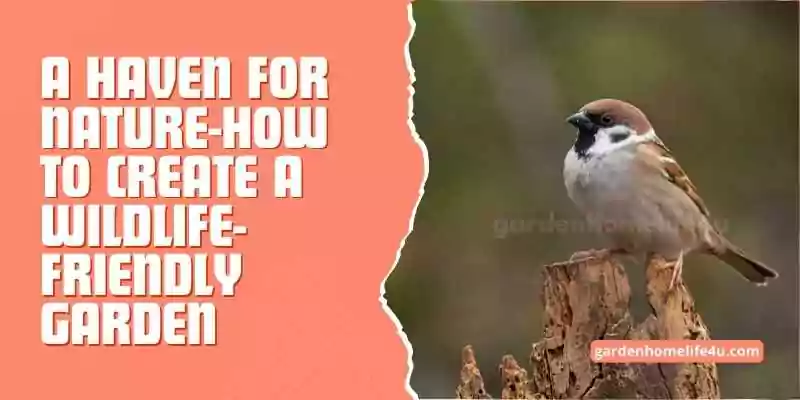In our backyard sanctuaries, where greenery flourishes and the symphony of nature’s creatures hums, lies the art of creating a haven for nature itself—a wildlife-friendly garden that welcomes all of Earth’s residents, big and small. In this guide, we shall explore the beauty and vitality of a wildlife-friendly garden, where we learn to cultivate spaces that not only delight the human senses but also nurture and support the abundance of life around us.
Our guide delves into the art of creating wildlife habitats, from planting native flora to providing shelter and water sources. Learn how to attract pollinators with colorful blooms, create nesting spots for birds, and design a garden that thrives with the magic of biodiversity. Discover the joy of observing wildlife as they gracefully dance amidst the foliage, sip nectar from blossoms, and seek refuge in the green nooks of your garden. As you embrace the natural rhythms and cycles of life, you’ll find yourself coexisting with nature in a nurturing and rewarding partnership.
Relaxing in the garden at the end of a long day, taking in the sights and sounds of nature, appears to be one of the most simple and rewarding activities. Nature’s relaxing soundtrack of bird-song and insects are soothing voices about their business and even the sight of a vibrantly colored bird or a fluttering butterfly, who doesn’t like to enjoy a wildlife-friendly garden?
These natural visitors enhance our landscapes by seeding and pollinating our gardens, as well as assisting with pest control. And if you sit still enough, there are opportunities – even in urban gardens with an open invitation to furry and feathered friends, they don’t need to be exclusive. You may even build tiny dwellings for them to stay in throughout the fall and winter.
There are over 25 million gardens in the UK and they together form a formidable force and pathway for the wildlife that exists around us. let’s do a quick overview of the things we can do to make our gardens wildlife-friendly.
Water is something essential for life on Earth. Having this available in the garden will allow possibilities for somewhere to bath, somewhere to live, and somewhere to drink. A pond would do great however if you don’t have enough space then a simple bowl, barrel, or dishes. it’s important to allow for steps or way up into the water container, simply some small logs or cobbled steps would do so creatures like a frog can go in and out as they wish, easily.
Bird feeders are a no-brainer and we cannot even tell you how much fun it is to watch it from somewhere within the house. Put them somewhere so you can see them while you are having your dinner and enjoy the birds taking food out of your bird feeders. mix them up, sunflower seeds, corn, or mealworms. It is recommended to buy squirrel-proof bird feeders which would keep the hungry critters away.
Nest boxes are a big plus but they have to be put away in more private places and up in trees so birds can breed and look after their eggs in a quiet and safe environment.
Hedge Hog highways are a great way to make your garden accessible to these lovely animals. what that essentially is a hole in your garden front and back just large enough for animals to pass through. ever wondered why you don’t see hedgehogs in your garden? Well, they may not have entry open at all to them and hence cannot enter even if they want to. once that problem is sorted you might start witnessing the hedgehogs in your garden frequently. You also may want to add some hedgehog houses which are basically inverted bowls or dish-like structure which is made of natural material and has a single entrance. If you decide to use it don’t forget to cover it with leaves etc to camouflage. A lot of people don’t know that hedgehogs can help you control the population of slugs in your garden.
Let’s start with a quick rundown of some easy things you can do to help animals in your garden with luck:
Wildlife-friendly Garden – TOP TIPS :
Don’t be Tidy – Let it Loose :
if you want to keep a garden that looks immaculately clean and polished then unfortunately wildlife is not something you will see too often. You got to create a bit of cover and corners and layers to help attract insects and other creatures. leave that leaf litter here and there, don’t clean it all up. Place some logs and branches here and there on top of each other. all this effort will create a mini-ecosystem that will boost biodiversity in your garden.
Wildlife-suitable Plants :
Plants and bishes with fruits, berries, and hips are most suitable as they provide a natural food source for the bords. plant loads of flowering shrubs to provide nectar for the bees in your garden. we need bees dearly for pollination but their habitat is disappearing. Bees love lavender, foxgloves, clematis, and buddleja. Buddleja especially will give tons of fragrant and beautiful-looking flowers from summer to Autumn, which will attract tons of bees. We love this plant for its variety, ease of upkeep, and wildlife friendliness.
Top Tip: Plant Pyracantha Bush and you would be surprised to see how birds love the berry
Allow time for the dirt to settle
Do not excavate your garden soil unless you are planting to enhance the number of earthworms and beetle larvae, especially cockchafers. Cover with compost to offer habitat for insects as well as food for blackbirds and robins.
Feed birds and provide a nesting box

Provide a variety of food on a regular basis to attract a variety of birds, such as greenfinches. This number of visitors will grow over time.
Tip: Grey squirrels will not plunder your feeders if you use plastic domes.
Provide a safe haven for the hedgehogs
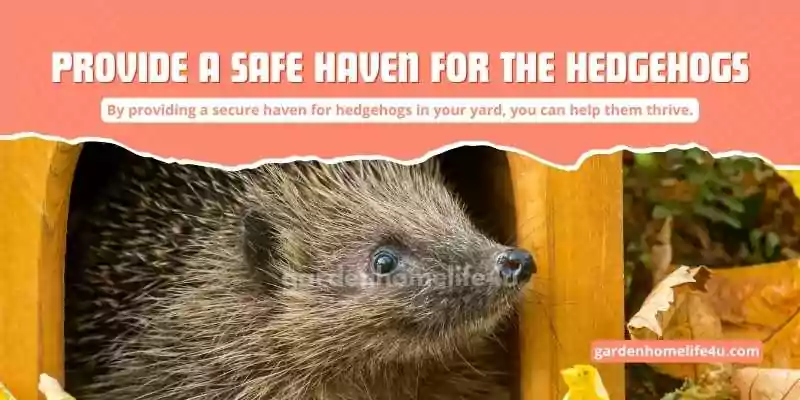
By providing a secure haven for hedgehogs in your yard, you can help them thrive. Over the following months, this will provide them with a safe spot to nest and hibernate.
Creating a house tip: Simply fill the box with hay or straw and set it in a calm, isolated location in the garden, half-covered.
Wildlife-friendly Garden – Provide a water source
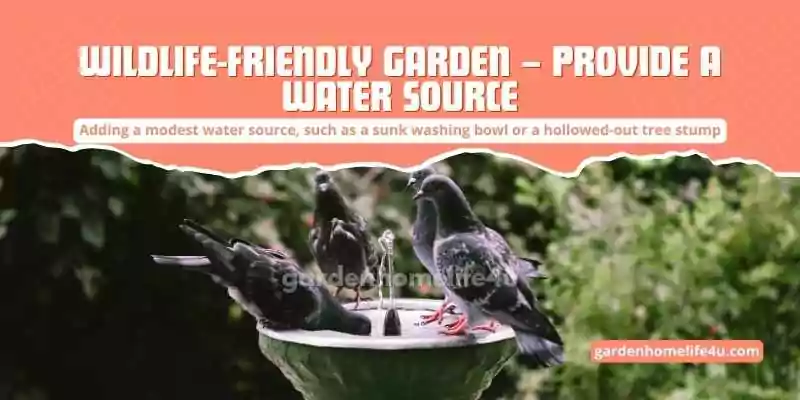
Adding a modest water source, such as a sunk washing bowl or a hollowed-out tree stump, will help animals to flourish, especially during hotter weather. However, be sure to include a ramp, as it will serve as an escape route for creatures such as hedgehogs that may fall in and be unable to find their way out.
Plants some water-oxygenating plants like willow moss, and hornworts to keep the water breathable. To keep the pond surface busy, plants like water lilies will do great.
Top Tip: Don’t put fish in the pond, they will eat up your whole ecosystem in the water.
Make a place for insects
For a healthy outdoor environment, insect variety is critical. If you have even a tiny corner, pile up pebbles, wood, twigs, and leaves and leave it alone; it will quickly become home to a variety of creepy crawlies. Bamboo hollow tubes are also a fantastic compliment to an insect stay and create charming houses for solitary bees.
Include a birdbath for your wildlife-friendly garden
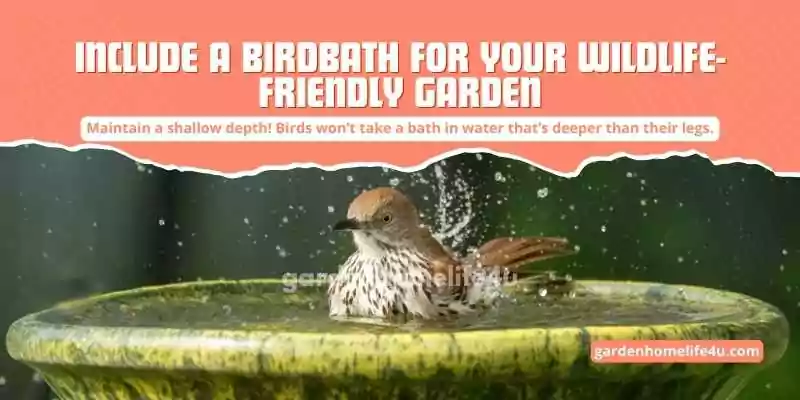
Maintain a shallow depth! Birds won’t take a bath in water that’s deeper than their legs. Birds will flock to a bath that is 1 inch deep and 15 inches in diameter.
Tip: You may cut a small birdbath into a big stone for a natural effect if you have access to one.
Encourage the use of pools and ponds
In a part of your yard where water collects naturally, install a pool or pond. Even a tiny one may sustain a variety of frogs, toads, spring peepers, turtles, and other animals.
Tip: Water-loving plants such as willows, buttonbush, winterberries, sedges, and rushes add beauty to pool and ponds
Avoid the usage of chemicals
Spraying herbicides and insecticides on native animals can be deadly. This is especially true if your water feature is used by frogs, fish, or other wildlife. If you really must manage insect pests, consider other environmentally safe alternatives which are made from a natural daisy extract or made up of less harmful components which are less toxic.
Broaden the scope of sustainable gardening
You may be wondering what to do next now that you’ve begun down the path of wildlife-friendly gardening. Consider sustainable gardening if you want to take your garden to the next level in terms of environmental friendliness. Sustainable gardening is the notion of reducing your dependency on goods that need a lot of energy to manufacture and frequently include hazardous chemicals.
Wildlife-friendly Garden – Other Tips
Make your move wisely
At night, walk around your neighborhood looking for tawny owls, foxes, badgers, or hedgehogs. Make your garden more appealing to them if there are any.
Keep it simple
It’s simple to attract hundreds of invertebrate species to a medium-sized city garden, and they’ll provide hours of entertainment. Prioritize invertebrates first; bigger species will come later.
Wildlife-friendly Garden – Monitor and stay updated
Make bird lists, animal records, and invertebrate counts, and keep track of the dates of their first visit. You’ll see the changes soon you’ve made.
The closure,
See how hell of a deal you can make for animals in your corner of the woods by following these suggestions.
THANK YOU!
